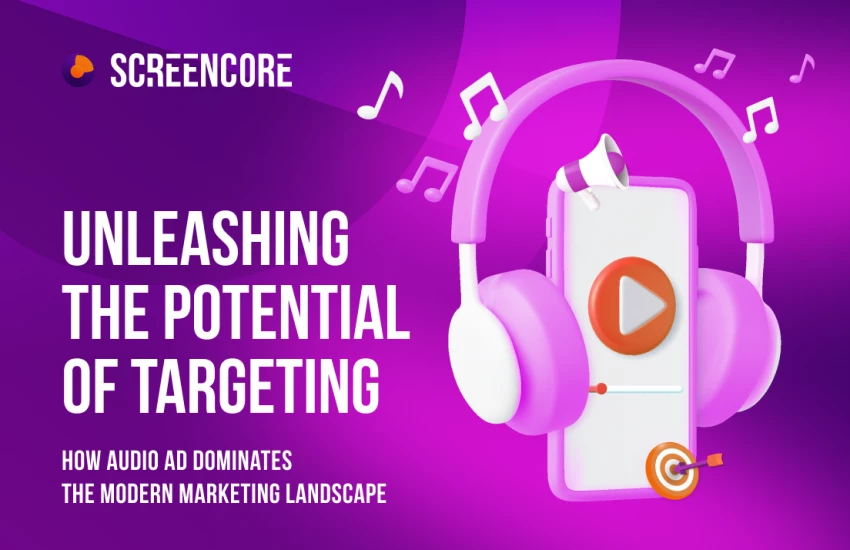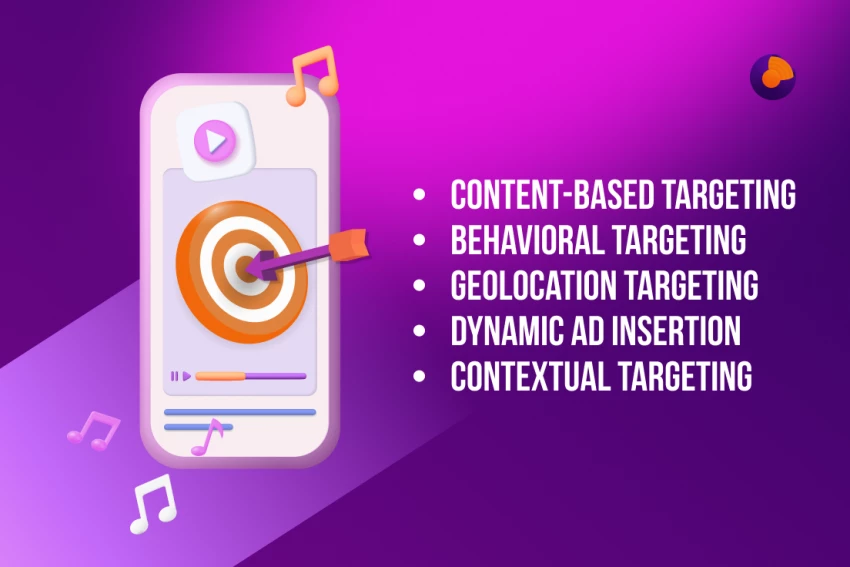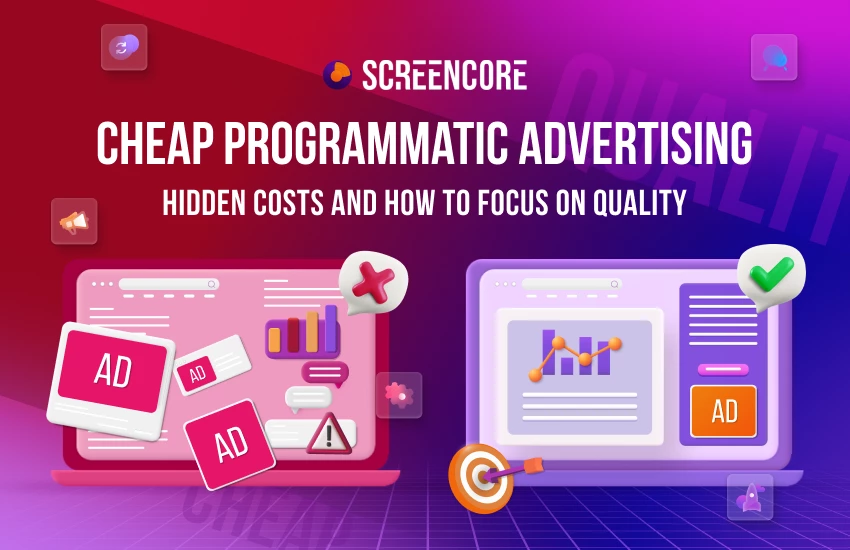Unleashing the Potential of Targeting: How Audio Ad Dominates the Modern Marketing Landscape

The world of audio advertising is experiencing an unprecedented surge in growth, propelled by a combination of factors that make it a compelling avenue for advertisers. With the projected number of monthly active podcast listeners set to surpass 1.8 billion by 2026, it is evident that audio's global growth potential is immense.
However, what makes audio advertising particularly attractive to users? Research has revealed that podcast advertising generates four times better brand recall than display ads, while audio advertising, in general, elicits higher emotional engagement compared to other digital advertising formats. These findings demonstrate the power of audio ads to create strong connections with listeners, fostering brand affinity and driving purchasing intent.

The power of targeted strategies
As the industry continues to flourish, targeted strategies have played a pivotal role in the remarkable growth of audio and podcast advertising. There are a few main reasons for this.
Unlike traditional radio, podcast advertising allows for highly targeted and personalized ad placements. Advertisers can select podcasts that align with their target audience's interests, ensuring that their message reaches the right people. Additionally, podcast hosts often have a strong connection with their listeners, which enhances the effectiveness of endorsements and native advertising within the shows.
As podcasts have gained popularity, content creators and platforms have explored various monetization models. Dynamic ad insertion, where ads can be dynamically inserted into podcast episodes during playback, has made it easier to monetize podcasts at scale. Additionally, podcast networks and platforms have emerged, offering advertising opportunities across multiple shows and helping advertisers reach a wider audience.
While internet users have increasingly adopted ad-blocking software to avoid online ads, audio ads are typically integrated into the content and not easily blocked. This has made audio and podcast advertising an attractive option for advertisers looking to reach audiences who may be avoiding traditional display or video ads.
How to expand targeting possibilities in audio advertising

Today targeting has a lot of possibilities. Advertisers can target deeper based on actual content, like phrases and keywords, within the episode. It opens up a new set of contextual signals to target audiences.
It's important to note that the availability and effectiveness of different targeting methods can vary depending on the ad platform, podcast hosting platform, or advertising technology used. Advertisers typically work closely with podcast networks, platforms, and ad tech providers to access targeting capabilities and optimize their ad campaigns based on their specific goals and target audience. Here we have some key methods used to reach the desired audience:
- Content-based targeting. Advertisers can target specific podcast genres or categories to align their ads with relevant content.
- Demographic targeting. Advertisers leverage demographic information, such as age, gender, location, language, and other demographic characteristics.
- Behavioral targeting. Behavioral targeting focuses on analyzing listeners' behavior, such as their past listening preferences, search history, and interactions with ads.
- Geolocation targeting. By utilizing geolocation data, advertisers can deliver targeted ads to specific regions or localities.
- Dynamic ad insertion. It enables the insertion of targeted ads into podcast episodes based on listener attributes.
- Contextual targeting. It involves analyzing the context of the podcast episode or the surrounding content to determine the appropriate ad placement.
Audio advertising and podcasts offer a unique advantage in the evolving privacy landscape, allowing marketers to target audiences with precision. With the ability to target based on actual content, including phrases and keywords within episodes, this product development opens up a rich set of contextual signals for advertisers. As privacy regulations reshape the advertising landscape, marketers are facing challenges with third-party data and identity-based targeting. However, the rise of contextual data is expected to surpass cookie-dependent data, with a significant shift towards ID-free tactics anticipated by the end of 2023.

Audio advertising and podcasts, being less impacted by the loss of cookie-dependent data, remain an excellent platform for marketers. Despite some uncertainties and struggles in adapting to cookie-free targeting, the industry recognizes the efficacy of first-party data, contextual targeting, and the value of attribution partners in maintaining effective advertising strategies without compromising listener privacy. As marketers navigate privacy changes, audio advertising and podcasts continue to offer a valuable and privacy-friendly advertising space.
We are thrilled to announce that our company is expanding its expertise to offer cutting-edge audio advertising services! With our audio advertising solutions, you can tap into the rapidly growing audience of podcast listeners and effectively engage them with personalized messages tailored to their interests.
Get in touch with us today to learn more about our audio advertising services and how we can help you connect with your audience in a whole new way!

